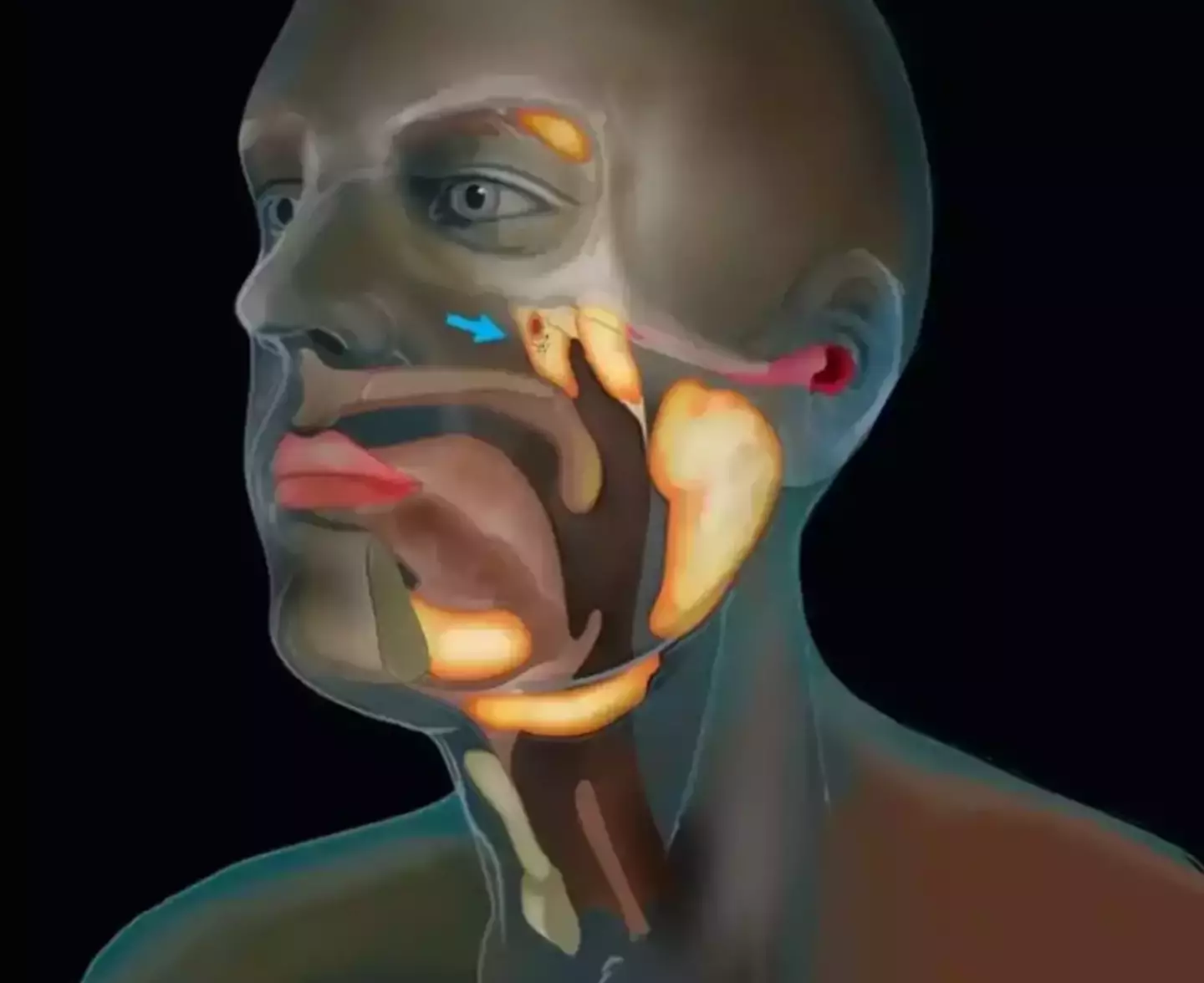.webp)
When you think of scientific discoveries, a lot of people's minds immediately turn to the more outlandish finds.
Like the missing continent of Zealandia or the massive 'ocean' beneath Earth's surface.
However, some of the most impressive scientific discoveries have come from within ourselves.
Given how long we've been around, you'd think we'd have learned everything there is to know about the human body.
Advert
However in 2020, scientists somehow stumbled upon an entire organ that they'd never actually spotted before.
The team working on the study in the Netherlands were actually studying prostate cancer whey they came across the mysterious organ.

And somehow it's located just beneath the face, so we've been staring at it the whole time.
Advert
At this point, you may be wondering how a team studying prostate cancer ended up discovering an organ in the human head, considering those are two different ends of the body.
Well, it all went down after the scientists at the Netherlands Cancer Institute conducted a series of CT and PET scans on patients who had been injected with radioactive glucose that makes tumours glow on the scans.
As they studied the scans, the team noticed two areas within the heads were lighting up, suggesting a set of salivary glands were tucked away in there.
When they managed to track down the organ, the team gave it the catchy name of the 'tubarial salivary gland'.
Advert
The glands can be found behind the nose; in the nook where the nasal cavity meets the throat, and is designed to 'lubricate and moisten the area of the throat behind the nose and mouth'.

Experts were understandably baffled at how the glands had managed to go unnoticed for so long, though Dr Wouter Vogel, radiation oncologist at the Netherlands Cancer Institute, had an idea as to how they might have gone unnoticed.
He explained it takes 'very sensitive imaging' to spot the glands, and they're 'not very accessible'.
Advert
"People have three sets of large salivary glands, but not there," he said.
"As far as we knew, the only salivary or mucous glands in the nasopharynx are microscopically small, and up to 1,000 are evenly spread out throughout the mucosa. So, imagine our surprise when we found these."
Though the discovery wasn't intentional, scientists hope their findings will help cancer patients experience less complications after receiving radiotherapy, as they believe many complications surrounding the treatment are connected to the tubarial salivary glands.
